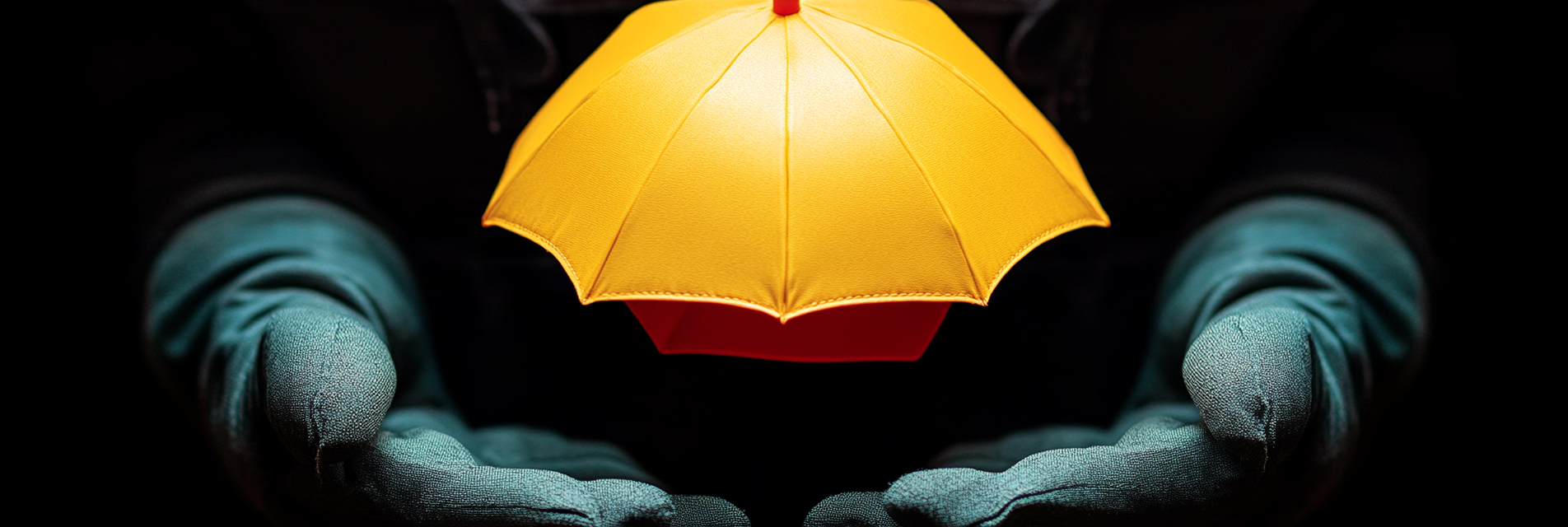Creating a well-rounded emergency kit is crucial for navigating unexpected disasters and ensuring the safety and comfort of your household. A properly stocked emergency kit can sustain you and your family for at least 72 hours and help mitigate stress during challenging situations. Below is a step-by-step guide to assembling a comprehensive emergency kit.
1. Water Supply
Water is vital for survival and should be prioritized in any emergency kit.
Store at least one gallon of water per person per day for three days. This supply should cover both drinking and basic hygiene needs. If space is limited, consider using water purification tablets or portable water filters as backup solutions.
2. Non-Perishable Food
Food that doesn’t require refrigeration or extensive preparation is essential for an emergency kit.
Include items such as canned beans, peanut butter, protein bars, dried fruits, and ready-to-eat meals (MREs). Ensure you have a manual can opener available for any canned goods.
3. Lighting and Power Sources
Power outages can occur during emergencies, so having reliable lighting and power is crucial.
Stock LED flashlights, battery-operated lanterns, and headlamps. Keep an ample supply of extra batteries for each device. Additionally, portable power banks can help keep phones and small devices charged.
4. First Aid Kit
A first aid kit should contain enough supplies to treat minor injuries.
Include bandages, gauze, antiseptic wipes, adhesive tape, pain relievers, and tweezers. Also, make sure to have any prescription medications required by household members and a first aid manual.
5. Warm Clothing and Blankets
Cold weather and power outages can make it difficult to stay warm.
Pack extra thermal socks, gloves, hats, and blankets. Mylar emergency blankets are lightweight and provide excellent insulation. Consider including sleeping bags rated for cold temperatures.
6. Personal Hygiene Items
Maintaining hygiene is important for health and morale.
Include items such as hand sanitizer, moist towelettes, toothpaste, toothbrushes, and sanitary supplies. Pack additional trash bags and ties for waste disposal.
7. Emergency Communication Tools
Staying informed is critical during an emergency.
Keep a battery-powered or hand-crank NOAA weather radio to receive important weather and emergency updates. Also, have a whistle for signaling for help if necessary.
8. Multi-Tool and Basic Tools
Having versatile tools can help with various tasks during emergencies.
A multi-tool or Swiss Army knife can be invaluable for opening packages, cutting rope, or minor repairs. Include basic tools like a wrench or pliers to turn off utilities if needed.
9. Important Documents
Protecting essential documents can save you time and stress during recovery.
Store copies of insurance policies, identification, medical records, and other vital documents in a waterproof and portable container.
10. Cash and Coins
ATMs and credit card processing may be unavailable during an emergency.
Keep a small amount of cash and coins on hand for purchases when electronic payment systems are down.
11. Special Needs Items
Every household has unique needs that should be accounted for in an emergency kit.
Include items for babies (such as formula and diapers), supplies for pets, and any special equipment or medications for seniors or individuals with disabilities.
12. Entertainment
Staying calm and maintaining morale is easier with activities to pass the time.
Pack books, card games, puzzles, or other small forms of entertainment to keep adults and children occupied during long waits.
Conclusion
Building a comprehensive emergency kit ensures that your family is prepared for unexpected events. By including essentials such as water, food, first aid supplies, and communication tools, you can increase your safety and comfort during challenging situations. Paul Lindberg’s Dryer Fire Fighters emphasizes the importance of proactive preparation to handle emergencies confidently and effectively in Washington state.
Serving the communities of:
Kennewick | Pasco | Richland | West Richland | Finley | Burbank | Benton City | Prosser | Grandview | Connell
As the sole certified dryer exhaust technician recognized by CSIA.org in the Tri-Cities area, Paul brings a wealth of expertise to fire prevention. His primary focus lies in addressing the root cause of many residential fires: lint buildup in dryer cavities and vents. Through rigorous inspections and thorough cleanings, Paul ensures that families and businesses can enjoy peace of mind, knowing their properties are safeguarded against fire risks.









































